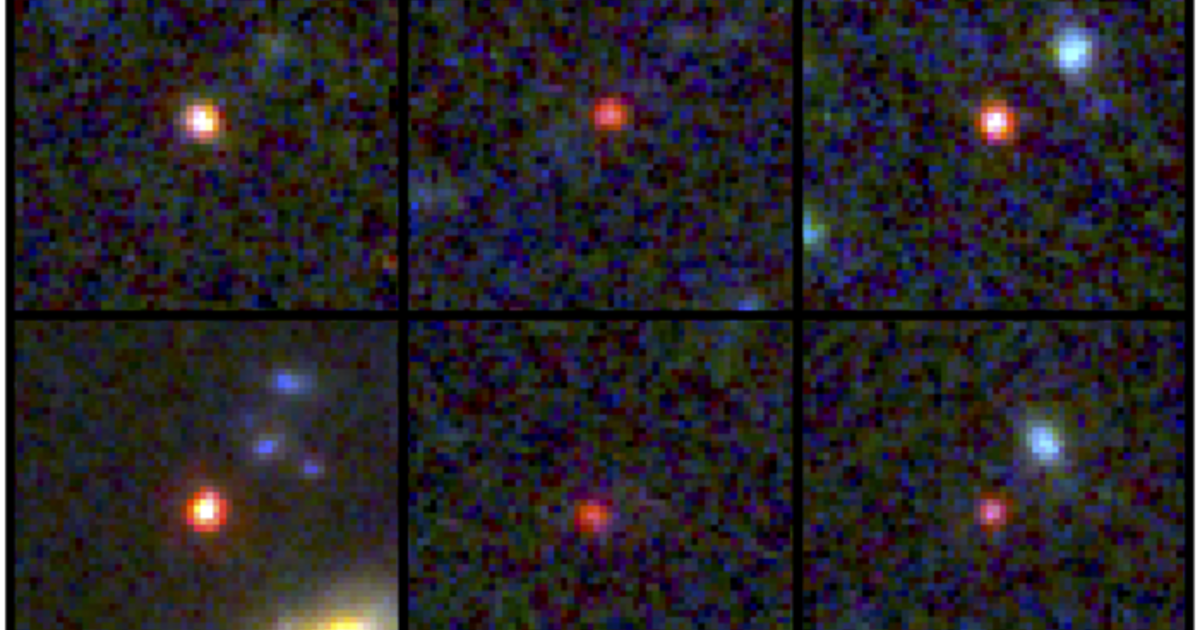Key takeaways:
- The James Webb Space Telescope has spotted galaxies dating back to within 300 million years of the Big Bang.
- The size and maturity of these six galaxies have stunned scientists, as they appear to be already mature with a large fraction of their stars in place.
- The discovery of these galaxies suggests that the early universe may have had a stellar fast-track that produced these “monsters” and has opened up a new realm of possibilities for further research into the formation of the universe.
Astronomers have made a groundbreaking discovery of massive galaxies dating back to within 600 million years of the Big Bang. The new James Webb Space Telescope has spotted even older galaxies, dating to within a mere 300 million years of the beginning of the universe. However, it is the size and maturity of these six apparent mega-galaxies that have stunned scientists.
Lead researcher Ivo Labbe of Australia’s Swinburne University of Technology and his team expected to find little baby galaxies this close to the dawn of the universe — not these whoppers. “While most galaxies in this era are still small and only gradually growing larger over time,” he said in an email, “these galaxies appear to be already mature, with a large fraction of their stars in place.”
The discovery of these galaxies suggests that the early universe may have had a stellar fast-track that produced these “monsters.” This is a significant breakthrough in understanding the formation of the universe, as it provides evidence that galaxies can form and mature quickly.
The James Webb Space Telescope has allowed scientists to get a glimpse of what the universe looked like more than 13 billion years ago. This discovery has opened up a new realm of possibilities for further research into the formation of the universe. It is hoped that further research will shed light on the mysteries of the universe and the formation of galaxies.



Be First to Comment